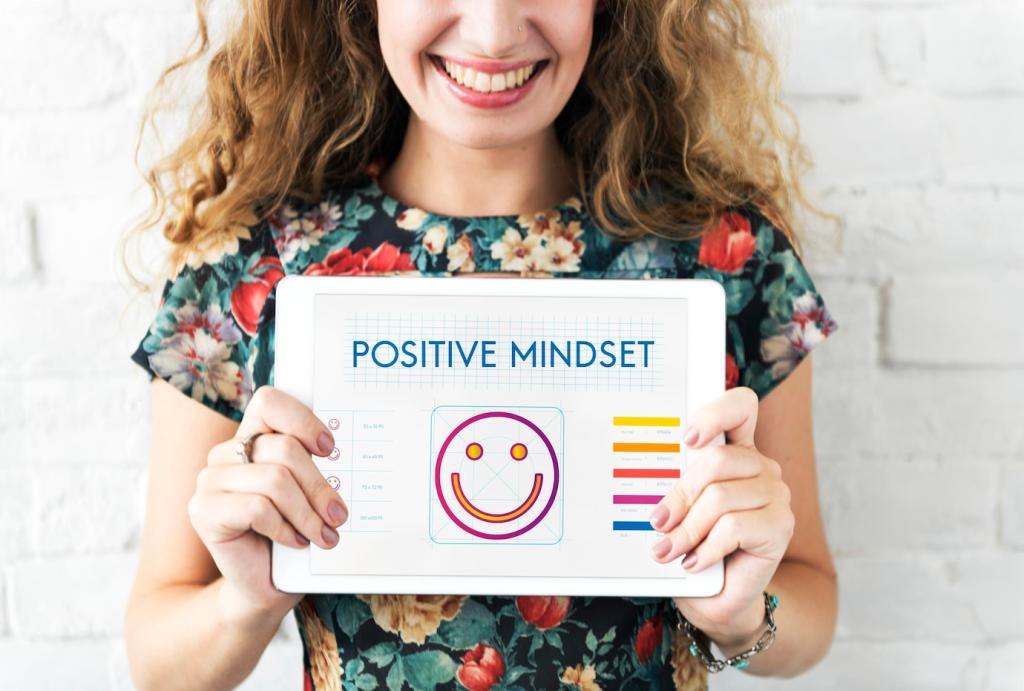Developing Emotional Awareness through Mindfulness
Today’s chosen theme is “Developing Emotional Awareness through Mindfulness.” Welcome to a calm, courageous space where we learn to notice what we feel, understand why it matters, and respond wisely. Take a deep breath, settle in, and join our community by sharing a reflection or subscribing for weekly mindful prompts.
From Numb to Noticing
Many of us cruise through days on autopilot, missing the early signals of stress or joy. Mindfulness helps us slow down enough to catch tiny shifts in breath, posture, and tone. As you read, pause and ask, “What am I feeling right now?” Share your word or phrase in the comments to inspire someone else’s first step.
The Neuroscience of Noticing
When we pay steady, kind attention, regions associated with emotion and regulation can work together more smoothly. Think of mindfulness like tuning an instrument: your insula senses body signals, and your prefrontal regions help interpret and respond. You become less reactive and more responsive. Subscribe for practical science snippets that make this balance easier to practice every day.
A Personal Moment of Clarity
I once felt a rush of irritation in a grocery line, ready to snap. A single mindful breath revealed tight shoulders and anxious thinking. Naming the feeling—“impatience”—softened my voice and saved the moment. Small pauses change outcomes. Have you had a similar shift? Tell us your story to encourage someone who is just beginning.



Mindfulness Basics: Simple Practices to Start Today
Set a timer for sixty seconds. Inhale gently, exhale slowly, and notice where the breath travels. Place a hand on your chest or belly and label the sensation: warm, cool, tight, open. This tiny ritual builds emotional vocabulary through bodily cues. Try it now, then comment with one word that describes your breath.
Mindfulness Basics: Simple Practices to Start Today
Close your eyes for thirty seconds and move attention from forehead to feet. Wherever you discover tension, breathe into that place for three slow cycles. Release your jaw. Drop your shoulders. This scan translates vague moods into concrete signals. Bookmark this practice and tell us when you plan to repeat it today.
Working with Difficult Emotions
Recognize the emotion, Allow it to be, Investigate kindly, Nurture yourself. Use R.A.I.N. during conflict or self-doubt. For example, recognize “fear,” allow the fluttering stomach, investigate the story behind it, and nurture with a reassuring hand over your heart. Save this method and comment where you might try it this week.
Working with Difficult Emotions
Avoidance can amplify distress. Turning toward emotions with gentle curiosity often reveals needs—rest, reassurance, boundaries, or connection. Ask, “What is this feeling protecting?” or “What would help right now?” Post your compassionate question below so others can borrow it during tough moments.
Mindful Communication and Relationships
Draft the message, breathe three times, then reread. Identify the feeling beneath your words. If you name “hurt,” you may shift from accusation to clarity. That pause can transform outcomes. Try it today and return to tell us how your tone or result changed.
Mindful Communication and Relationships
Keep shoulders relaxed, eyes soft, and breath steady. Mirror key words to show understanding, and ask one curious question instead of jumping to solutions. This embodied listening invites trust and honesty. Practice with a friend and share your favorite question for deepening a conversation.


Tracking Progress Without Judgment
01
Mood and Trigger Journal
Once a day, jot down the strongest feeling, its trigger, and how you responded. Include a small win, like pausing before reacting. Over time, patterns emerge, and your responses grow wiser. Start tonight and comment with a tiny win you noticed.
02
Signals from the Body
Emotions speak through the body: buzzing chest, knotted stomach, heavy shoulders, restless legs. Create a personal legend linking sensations to needs. This map helps you intervene sooner with breath, movement, or support. Share one body signal and the need it usually points to for you.
03
Celebrate Small Shifts
Progress is often subtle—softer tone, shorter ruminations, easier sleep. Celebrate micro-moments to reinforce the path. Try a nightly gratitude for one mindful choice you made. Post your celebration below and cheer for another reader’s small shift.
Anchor Habits
Attach mindfulness to existing routines: first sip of coffee, turning a doorknob, or locking your screen. One breath, one label, one kind thought. These anchors stack up, shaping your day. Pick an anchor now and share it to stay accountable.
Mindful Microbreaks at Work
Between tasks, look away from the screen, relax your jaw, and exhale slowly. Name the dominant emotion and choose the next best step. These tiny breaks reduce friction and increase clarity. Tell us your favorite workplace cue for a mindful reset.
Evening Debrief
Before sleep, replay your day kindly: What did I feel? What helped? What would I try next time? End with gratitude for one breath you noticed. If you want guided prompts, subscribe and we will send a short nightly checklist.
Community, Courage, and Ongoing Support
Share Your Story
Your experience could be the nudge someone else needs to begin. Post a brief story about a moment you noticed, named, and navigated a feeling. Vulnerability is contagious in the best way. Invite a friend to join and reflect together this week.
Accountability Buddies
Pair up with someone who also values mindful pauses. Check in twice a week, celebrate small wins, and troubleshoot roadblocks. Accountability makes practice sticky. Comment if you are seeking a buddy, and we will help match readers by schedule and goals.
Curated Resources
We gather accessible meditations, science-based articles, and compassionate practices to support your journey. Subscribe for monthly collections and share which formats help you most—audio, quick reads, or step-by-step guides—so we can tailor future resources to your needs.
Join our mailing list
